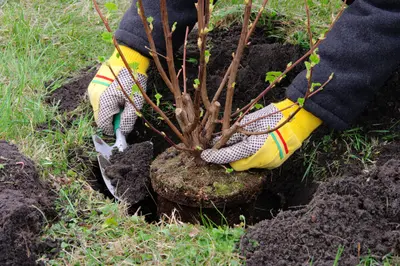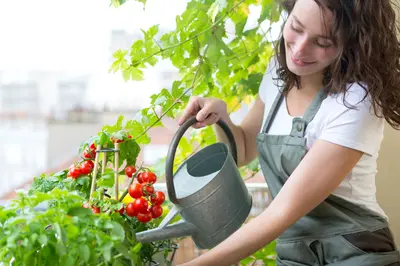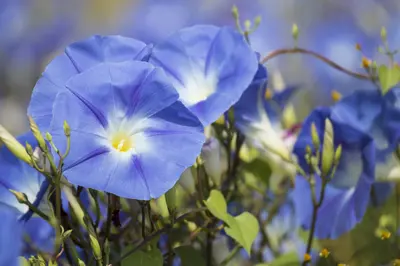
The Calathea is a beautiful plant that can be characterised by its phenomenal leaf markings as well as shapes, which are oval, round or even spear-shaped. Not only do the leaves purify the air, they also have a day and night rhythm and therefore join in your daily routine. When it's getting dark, the leaves close and, if you listen carefully, you can hear the rustling of this. As soon as it gets light, the leaves unfold again. As such, the Calathea is also referred to as ‘the living plant’.
Origin of the Calathea
The Calathea belongs to the Marantaceae family and naturally grows in South American jungles. In its natural habitat, the Calathea is used to survive under a canopy of leaves from large trees, where there is little to no sunlight. It is therefore that this plant is also known as ‘shadow plant’. Funny fact, because of the size and thickness of the leaves, local communities use the leaves of the Calathea as packing material. You often see fish wrapped in Calathea leaves, for example.
Calathea assortment
There are many different Calatheas, flowering and foliage species, though the latter are most popular due to the colours and unusual leaf markings. The plant is available in sizes ranging from small compact to potted giant. Due to its air-purifying function, the Calathea is a great plant for both the home and office now that the central heating is on again. If you decide to purchase multiple Calatheas, we recommend not putting them too close together, so that the leaves are clearly displayed.
Looking after the Calathea
The Calathea is not the easiest plant to take care of, but with the following tips you’ll be able to get the most out of it:
- When purchasing the Calathea, make sure it is wrapped properly as the plant cannot cope any cold;
- The Calathea needs a light and warm spot, do not allow the temperature to drop below 12 °C;
- The more assorted the leaves, the less light is required, though it’s better to avoid direct sunlight at all times. The markings on the leaves will disappear if it’s too dark;
- The soil should always be slightly damp. It is preferred to give the plant water at room temperature;
- Increase the humidity by spraying the plant or placing it outdoors in a rain shower in the summer to prevent dry leaf edges and tips;
- Brown or yellow leaves can be removed;
- A bit of plant food every month will keep the leaves beautiful.




